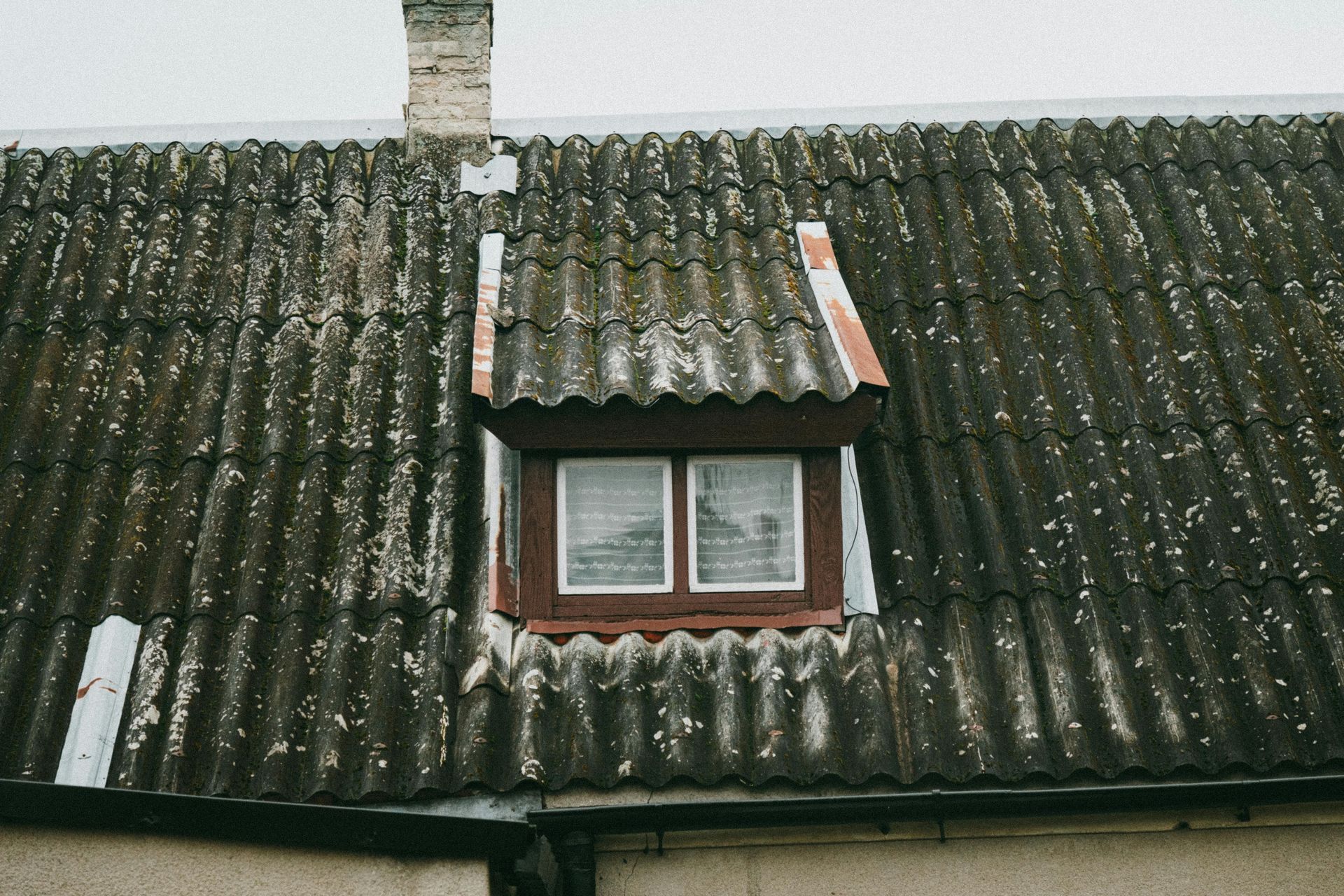Fascinating And Fun Facts About Flat Roofs
As the year winds down and the new year beckons, it can be time to reflect, relax and enjoy yourself, and a fun activity for flat roof specialists is to look at all of the facts and figures that make flat roofs not only practical but also particularly interesting.
Here are some of the most interesting facts to us, as they show the thought and care that go into each roof design.
Flat Roofs Are Not Actually Flat
In a scandalous admission, it must be said that flat roofs technically are not allowed to be completely flat.
According to the Building Regulations, roofs need to have a certain degree of pitch (a ratio of 1:40 is recommended) to carry water away from the roof and stop it from pooling, which can cause damage to the building during particularly heavy weather.
However, the degree of incline is so small that unless you put down a spirit level to measure it, it is very difficult to actually notice.
The Secret Reason Commercial Buildings Have Flat Roofs
A lot of commercial buildings, such as apartment blocks, offices, warehouses and factories often choose a flat roof over a conventional pitched roof, and the reason for this is that a flat room can be used as an outdoor space.
Whilst for some workplaces this simply means a storage site for an air-conditioning unit or solar panels, for others, it can allow for rooftop gardens and even rooftop pools.
The Surprise Danger To Flat Roofs
One of the most significant reasons why flat roofs get damaged, rather surprisingly, is because of birds.
Specifically, bird droppings are particularly acidic, which can damage the lining of a flat roof if it is not otherwise protected, so it is best to ensure that the roof lining is protected, largely by ensuring that birds do not want to flock onto it in the first place.










